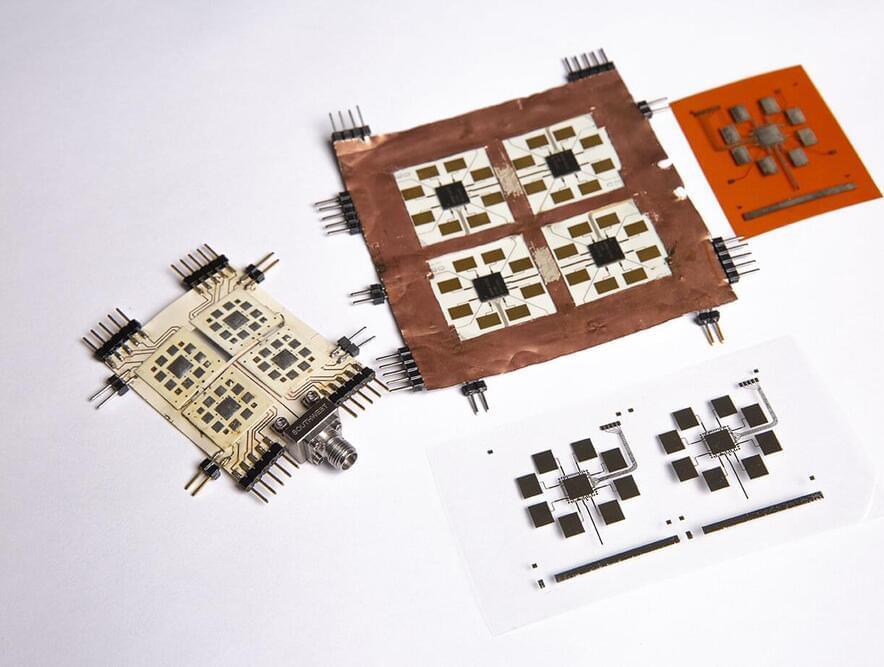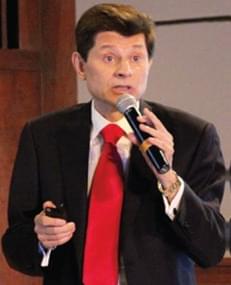How the modern world arose from imaginary numbers.




Will they able to make good use of this land?🤔🤔.
The Rappahannock Tribe, a Native Tribe in Virginia, has reacquired 465 acres of sacred land at Fones Cliff.
Secretary of the Interior Deb Haaland and US Fish and Wildlife Service Director Martha Williams celebrated the tribe’s reacquisiton of the land Friday, according to a press release from the Department of the Interior.
“We have worked for many years to restore this sacred place to the Tribe,” said Rappahannock Tribe Chief Anne Richardson, according to the Chesapeake Conservancy. “With eagles being prayer messengers, this area where they gather has always been a place of natural, cultural and spiritual importance.”

Will it be the next Black Hawk?
NASHVILLE March 31, 2022 — After three years of proving its transformational flight capabilities, the Lockheed Martin Sikorsky-Boeing SB1 DEFIANT® helicopter arrived in Nashville this week to give U.S. Army Aviators a first-hand look at this impressive aircraft at the Army Aviation Association of America’s annual summit.
Army aviators at the summit will be able to see how Team DEFIANT is revolutionizing Future Vertical Lift, one of the Army’s top modernization priorities, with a focus on transforming the Future Long-Range Assault Aircraft program’s capabilities, production and sustainment resulting in lower-life cycle costs. The result is DEFIANT X® a complete weapon system that builds on the handling qualities and capabilities proven by the team’s technology demonstrator, SB1 DEFIANT®.
“When Sikorsky and Boeing embarked on the DEFIANT journey, we were mission focused and thinking ahead to creating a holistic weapon system that would give America’s Soldiers a strategic advantage to deter and defeat threats well into the 21st century,” said Sikorsky President Paul Lemmo. “DEFIANT ensures our aviators are confident and prepared for what’s ahead and gives them the agility to adapt to evolving threats.”

5G+ (5G/Beyond 5G) is the fastest-growing segment and the only significant opportunity for investment growth in the wireless network infrastructure market, according to the latest forecast by Gartner, Inc. But currently 5G+ technologies rely on large antenna arrays that are typically bulky and come only in very limited sizes, making them difficult to transport and expensive to customize.
Researchers from Georgia Tech’s College of Engineering have developed a novel and flexible solution to address the problem. Their additively manufactured tile-based approach can construct on-demand, massively scalable arrays of 5G+ (5G/Beyond 5G)‐enabled smart skins with the potential to enable intelligence on nearly any surface or object. The study, recently published in Scientific Reports, describes the approach, which is not only much easier to scale and customize than current practices, but features no performance degradation whenever flexed or scaled to a very large number of tiles.
“Typically, there are a lot of smaller wireless network systems working together, but they are not scalable. With the current techniques, you can’t increase, decrease, or direct bandwidth, especially for very large areas,” said Tentzeris. “Being able to utilize and scale this novel tile-based approach makes this possible.”

Artificial intelligences are promising in future societies, and neural networks are typical technologies with the advantages such as self-organization, self-learning, parallel distributed computing, and fault tolerance, but their size and power consumption are large. Neuromorphic systems are biomimetic systems from the hardware level, with the same advantages as living brains, especially compact size, low power, and robust operation, but some well-known ones are non-optimized systems, so the above benefits are only partially gained, for example, machine learning is processed elsewhere to download fixed parameters. To solve these problems, we are researching neuromorphic systems from various viewpoints. In this study, a neuromorphic chip integrated with a large-scale integration circuit (LSI) and amorphous-metal-oxide semiconductor (AOS) thin-film synapse devices has been developed.



A newly discovered data wiper malware that wipes routers and modems has been deployed in the cyberattack that targeted the KA-SAT satellite broadband service to wipe SATCOM modems on February 24, affecting thousands in Ukraine and tens of thousands more across Europe.
The malware, dubbed AcidRain by researchers at SentinelOne, is designed to brute-force device file names and wipe every file it can find, making it easy to redeploy in future attacks.
SentinelOne says this might hint at the attackers’ lack of familiarity with the targeted devices’ filesystem and firmware or their intent to develop a reusable tool.

Neural networks keep getting larger and more energy-intensive. As a result, the future of AI depends on making AI run more efficiently and on smaller devices.
That’s why it’s alarming that progress is slowing on making AI more efficient.
The most resource-intensive aspect of AI is data transfer. Transferring data often takes more time and power than actually computing with it. To tackle this, popular approaches today include reducing the distance that data needs to travel and the data size. There is a limit to how small we can make chips, so minimizing distance can only do so much. Similarly, reducing data precision works to a point but then starts to hurt performance.